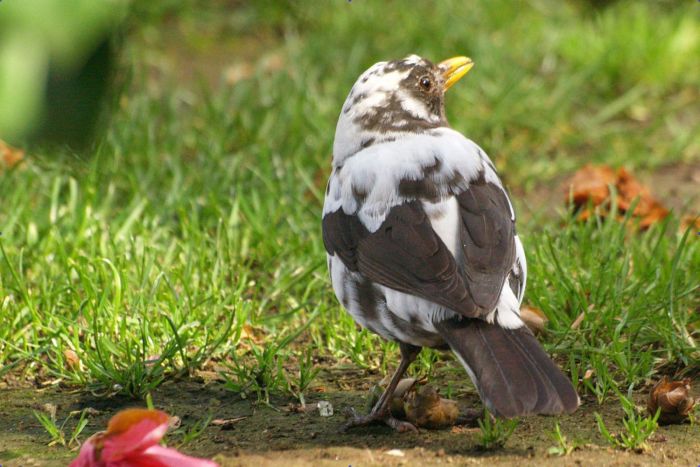What is this an example of adaptation biodiversity isolation variation – What is this an example of: Adaptation, Biodiversity, Isolation, Variation? This question delves into the heart of evolutionary biology, exploring the intricate interplay between species, their environments, and the forces that shape their existence. From the remarkable adaptations that allow organisms to thrive in diverse habitats to the complex web of biodiversity that sustains our planet, this topic invites us on an intellectual journey that unveils the wonders of the natural world.
Adaptation, biodiversity, isolation, and variation are interconnected concepts that provide a framework for understanding the evolution and diversity of life on Earth. Adaptation refers to the process by which organisms develop traits that enhance their survival and reproduction in specific environments.
Biodiversity encompasses the variety of life forms, from the genetic diversity within species to the vast array of species that inhabit different ecosystems. Isolation, whether geographic, reproductive, or ecological, plays a crucial role in shaping genetic diversity and driving evolutionary change.
Variation, the raw material for evolution, arises from genetic mutations, environmental influences, and other sources, providing the foundation for adaptation and the diversification of species.
Adaptation

Adaptation refers to the process by which organisms adjust to their environment over generations. It involves the development of heritable traits that enhance survival and reproductive success in a specific ecological niche.
Examples of adaptations include:
- Camouflage in chameleons and butterflies
- Antibacterial resistance in bacteria
- Echolocation in bats and dolphins
Adaptation plays a crucial role in evolution, as it enables populations to thrive in diverse and changing environments. By enhancing the fitness of individuals within a population, adaptation contributes to the overall survival and diversification of species.
Biodiversity: What Is This An Example Of Adaptation Biodiversity Isolation Variation

Biodiversity encompasses the variety of life on Earth, including the genetic diversity within species, the number of species in an ecosystem, and the diversity of ecosystems themselves.
Biodiversity is essential for the functioning of ecosystems and the provision of ecosystem services such as:
- Pollination
- Water purification
- Soil formation
Furthermore, biodiversity supports human well-being through:
- Providing food and medicine
- Regulating climate
- Inspiring scientific discoveries
Isolation

Isolation in biology refers to the separation of populations within a species. It can occur due to geographic barriers (e.g., mountains, rivers), reproductive barriers (e.g., differences in mating rituals), or ecological barriers (e.g., different habitats).
Isolation can have significant effects on genetic diversity and evolution:
- It can lead to the development of new subspecies or species
- It can reduce genetic diversity within populations
- It can increase the risk of inbreeding and genetic disorders
Variation

Variation refers to the differences between individuals within a population. It can arise from:
- Genetic mutations
- Environmental factors
- Random events
Variation is crucial for adaptation and evolution because it provides the raw material for natural selection. By selecting for individuals with traits that are better suited to their environment, natural selection can drive the evolution of populations towards greater fitness.
Quick FAQs
What is the difference between adaptation and variation?
Adaptation refers to traits that enhance survival and reproduction in a specific environment, while variation encompasses the raw material for adaptation, arising from genetic mutations, environmental influences, and other sources.
How does isolation contribute to evolution?
Isolation, whether geographic, reproductive, or ecological, can lead to genetic divergence and the formation of new species over time.
Why is biodiversity important?
Biodiversity provides ecosystem services essential for human well-being, including food, water purification, and climate regulation.